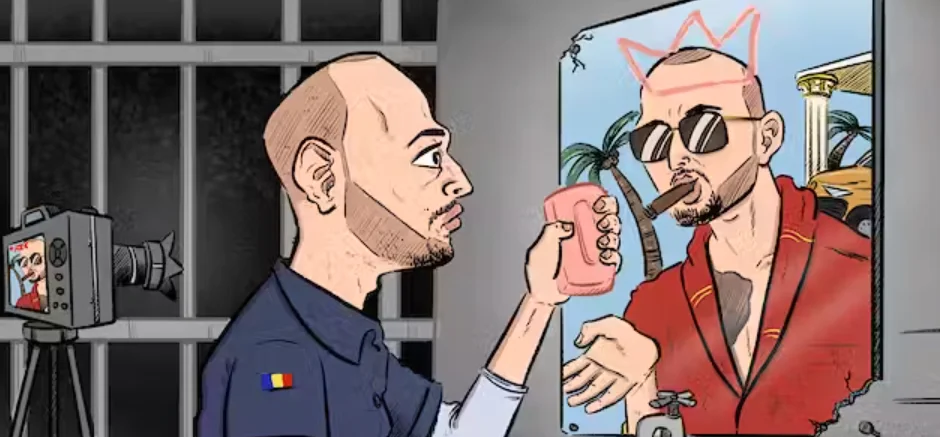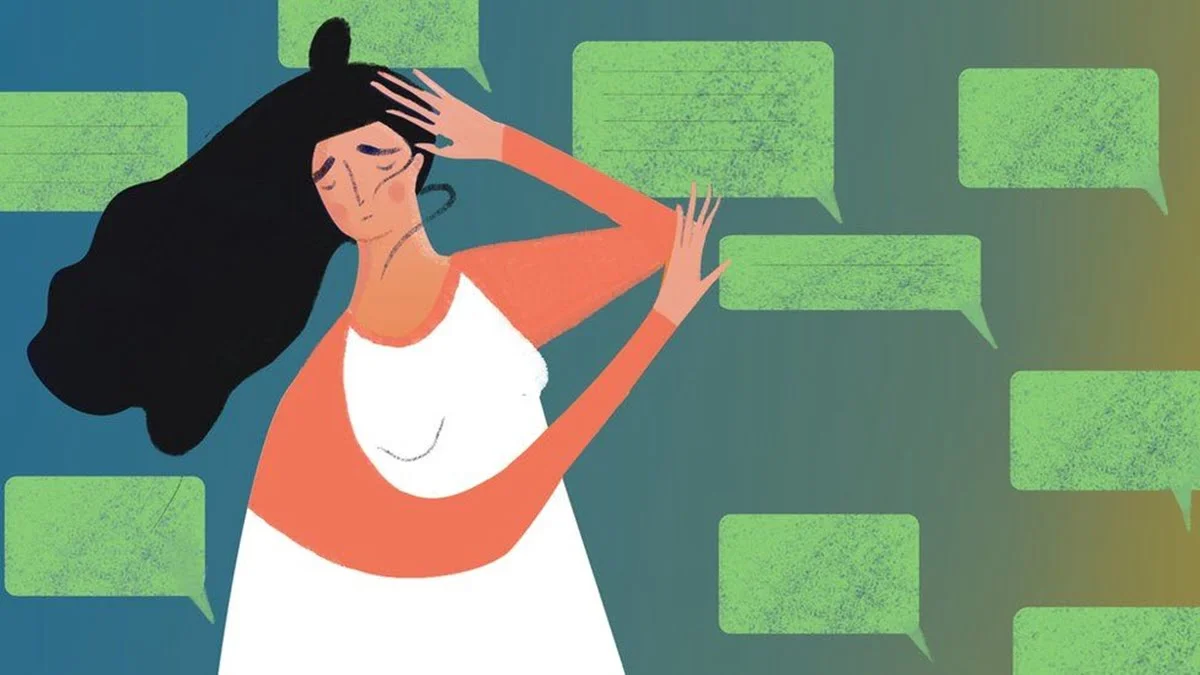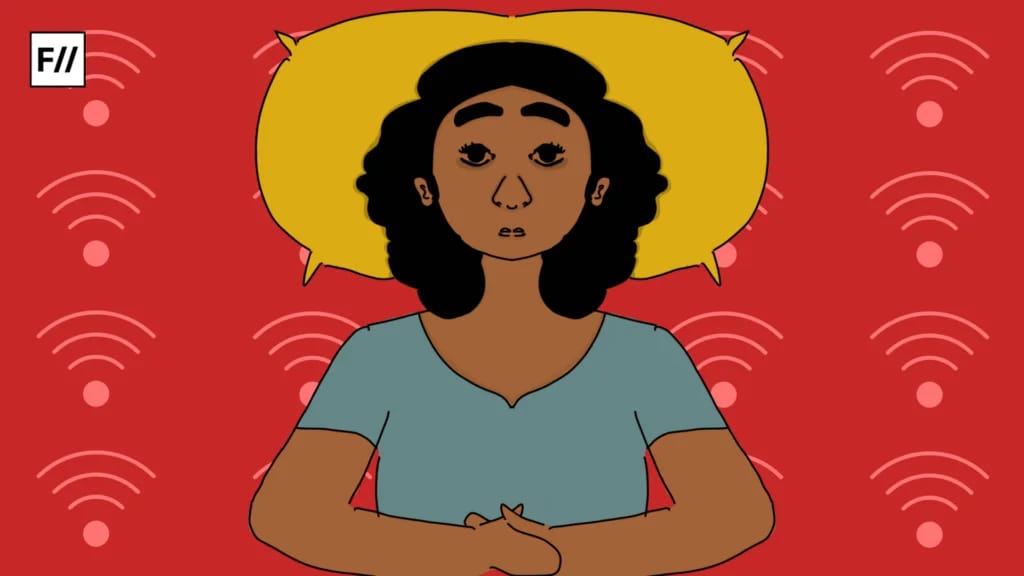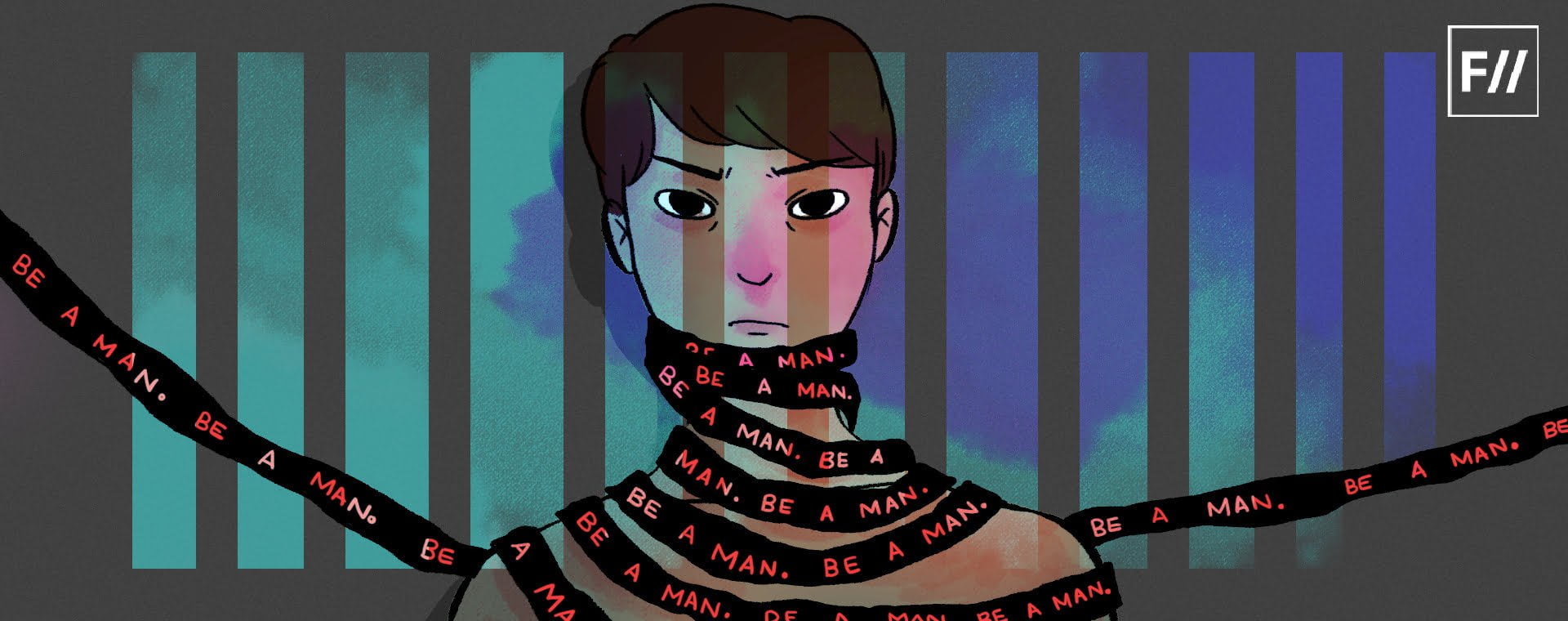The fields of psychology and psychiatry have been frequently criticised for problematically labelling many typical behaviours as mental illnesses and reinforcing gender bias in mental health. Pioneers of psychology, such as Sigmund Freud, have held sexist views that are still visible today. Groundbreaking work done on gender bias in psychopathology has been explored in recent studies, where it was found that women were more likely to be diagnosed with disorders such as depression and men with disruptive behaviour disorders, showing gender bias. Moreover, systemic factors like sexism, racism, and poverty that impact mental health have long been ignored by professionals.
These real-life biases show up in online discourse, too. There is a surge of mental health discourse online – be it the ‘podcast bros’ recommending gymming as a replacement for going to therapy or Instagram reels that mistake self-care for expensive skincare. Such information often ends up doing more harm than good, making mental health inaccessible and exclusionary.
Toxic masculinity in the name of men’s ‘mental health‘
Cisgender heterosexual male creators promote a damaging picture of masculinity. They encourage replacing therapy with physical exercise and going to the gym, stressing that repressing emotions makes a man ‘strong’. These creators are idolised by their male audience, especially young boys. This can be dangerous. In a story by UN News on the manosphere, Kallopi Mingeirou, Chief of the Ending Violence Against Women and Girls Section at UN Women, says, ‘We are seeing an increasing trend of young men and boys looking to influencers for guidance on issues like dating, fitness, and fatherhood.’ Such ‘guidance’ often ends up being harmful and promoting violence against women. It can contribute to what Dr Niobe Way, a developmental psychologist at New York University, calls ‘a crisis of connection’ – when young boys and men cannot express their emotions, they may become lonely and hostile. Such strict ideals of being a man can reduce help-seeking among men. This, in turn, worsens the symptoms of anxiety and depression.
There is a surge of mental health discourse online – be it the ‘podcast bros’ recommending gymming as a replacement for going to therapy or Instagram reels that mistake self-care for expensive skincare. Such information often ends up doing more harm than good, making mental health inaccessible and exclusionary.
Research has shown that problematic masculine norms can also lead to violent behaviour in men, particularly against women and sexual minorities. In the digital world, such patterns are often visible in the manosphere. The manosphere is an online community of male creators that propagates and promotes misogyny and violence against women. Creators within the manosphere encourage men to hold women accountable for the struggles they face in their lives, in the name of ‘men’s rights’, without addressing things like stigma and loneliness that actually worsen men’s mental health. In an article by GenderIT, psychologist Dr Paras Sharma notes how these creators promote ‘pseudo-psychology’ and ‘anti-feminism’ by marketing themselves as ‘mentors’. These ‘mentors’ take advantage of the loneliness and insecurities experienced by men and boys and shape that into toxic masculine ideologies detrimental to men’s mental health.
Exclusionary self-care and ‘aesthetic’ femininity
Popular content by female creators on platforms like Instagram and TikTok can also be problematic. The popular trends like ‘soft girl era’ and ‘just a girl’ paint a narrow picture of womanhood – expensive clothes, curated looks, and leisure that has to be ‘aesthetic’. There is nothing wrong with liking food and fashion. But the problem lies in presenting this as the only dimension of womanhood.

Such content risks reinforcing sexist stereotypes and is very exclusionary. Only women with caste and class privilege can access such ‘aesthetics’ of womanhood. In an article by Roundtable India, an online space for Dalit-Bahujan voices, lawyer Anamika Kumari writes how mainstream feminism excludes Dalit and other women with marginalised caste identities from their discourse – ‘Women of caste and class privilege relate to this idea of feminism, which seems quite alien to Dalit women. Even with the little progress in our situation with time, we stand far on the scale of equality as compared to Savarna women. Most Dalit women do not have access to education, sanitation, food, shelter or safe drinking water. Even those with good education or decent jobs do not have similar rights and privileges.’
The failure to conform to these unrealistic standards can create body image and self-esteem issues, depression and self-harm tendencies among young women. The impact is highest on marginalised women who face exclusion and casteist discrimination.
Dalit and working-class women, who may not conform to the ‘conventional’ standards of beauty, are systemically excluded from these discourses. Furthermore, such content reinforces shallow and patriarchal standards of beauty and attractiveness. While talking about the casteism in popular online discourse in an article by The Swaddle, copywriter and author Hannah Stephen, whose work explores accountability in digital culture, writes, ‘The dominant-caste aesthetic that gains popularity online borrows heavily from European standards, as it does in real life. Content creators and those who influence trends reproduce these standards and alienate everyone who doesn’t. Those from marginalised backgrounds do not subscribe to this western aesthetic and, more often than not, don’t have the resources required to imitate this aesthetic.’ The failure to conform to these unrealistic standards can create body image and self-esteem issues, depression and self-harm tendencies among young women. The impact is highest on marginalised women who face exclusion and casteist discrimination. This contributes to shame, stigma, a sense of worthlessness, and paranoia that stems from the dehumanisation of their womanhood.
Discourses on mental health and well-being
Even discourses promoting mental health can end up being tone-deaf and exclusionary. Popular discourse often commodifies mental well-being. Self-care becomes synonymous with expensive skincare products and wellness practices. Such understandings imply that mental health is a privilege that only people with access to expensive products and resources deserve. Such narratives exclude those from impoverished and marginalised backgrounds and lack a culturally grounded understanding of well-being and mental health. The founder of Blue Dawn, a support group and facilitator of accessible mental healthcare services for Bahujan communities, Divya Kandukuri writes, ‘… the popular discourse around well-being has become commodified; it is very capitalist in nature. Notions of ‘self-care’ look at putting on a face mask, joining a gym, or learning how to do ‘goat yoga’. All of these are exclusive for a large majority of the population and are detrimental for a holistic approach to care work’, in an article by India Development Review.
Popular mental health pages have glorified concepts like ‘boundaries’ and ‘cutting off toxicity’ as quick solutions to mental health concerns. But such narratives don’t take into account structural violence. Factors like casteism, classism, and sexism often contribute to serious mental distress that cannot be ‘solved’ with universal solutions. These discourses also focus only on individual wellness and not collective healing. In collectivistic cultures like India, an individual’s well-being is closely related to the society, culture, and system. The hyperfocus on individualism, therefore, does not apply.
With online discourse being readily available for consumption in the current times, it is important to centre our understanding of mental health in intersectionality, equity, and accessibility. Social media platforms need to have better moderation systems to regulate problematic gendered discourses on mental health and otherwise. The real-life implications of discourse on mental health, especially for those from marginalised backgrounds, are serious. Schools and colleges should use media literacy sessions to ensure young people are aware of the kind of content they are engaging with and the repercussions it may have. Furthermore, the discourse on mental health and well-being should focus on concepts such as communal care and a community-centric approach to therapy that ensures systemic change for well-being without overtly focusing on the individual.




